Understanding Hybrid Computing in 2025 | Bridging the Gap Between Cloud and Edge Technologies
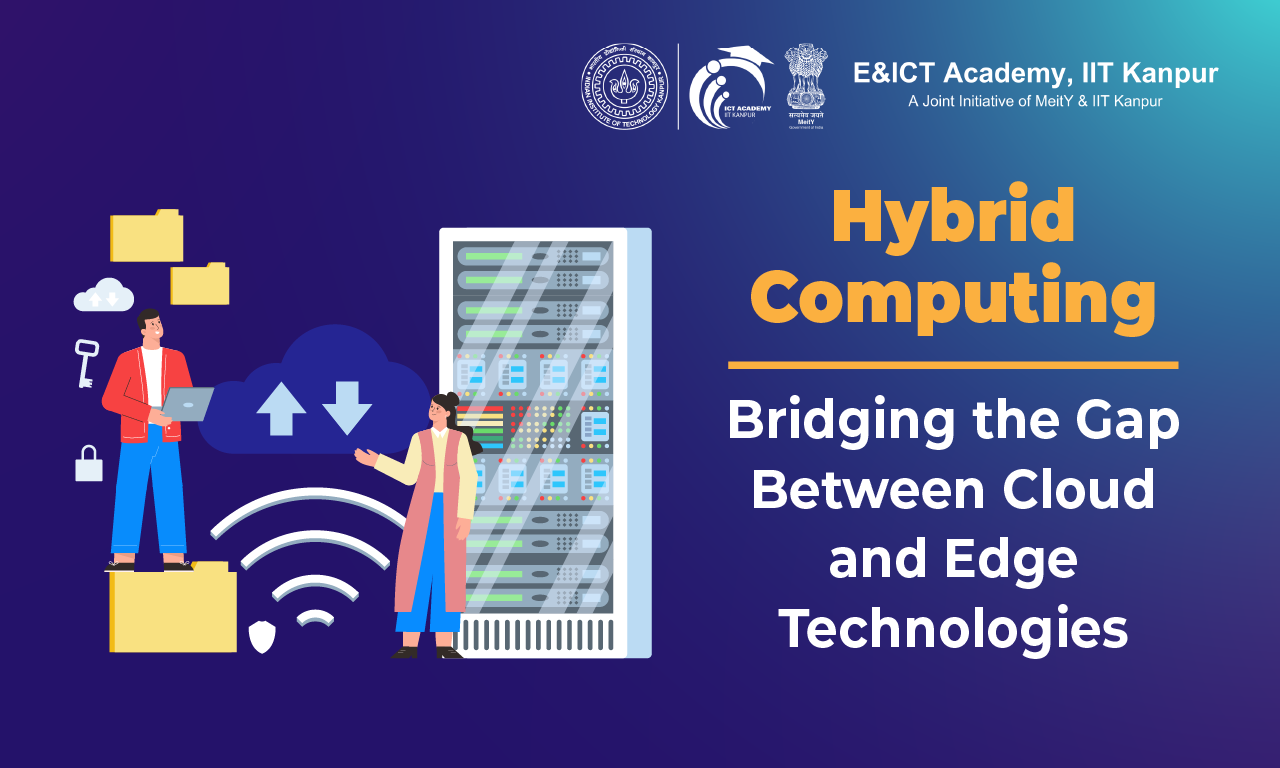
What is Hybrid Computing: If we talk about data today, it’s everywhere. In every decision businesses make, data is the key base with businesses needing faster, smarter ways to process it. This is where cloud and edge computing come into the picture; one offers massive scalability, and the other delivers real-time speed.
With Gartner predicting that cloud computing will power 45% of commercial IT investments by 2025 and edge computing growing at a staggering 37% CAGR through 2027, it’s clear that the future belongs to a mix of both.
While both technologies provide considerable benefits, the cloud suffers from latency and bandwidth issues, whilst the edge has storage and computational power constraints. Hybrid computing tackles these issues by combining cloud scalability with edge-based real-time computation.
Thus, this article will explain how hybrid computing delivers the best scalability, efficiency, and low-latency solutions to businesses by bridging the gap between cloud and edge technologies.
Key Components of Hybrid Computing
The benefits of cloud and edge computing are combined in hybrid computing to create a more efficient system. The key elements of hybrid computing include:
Cloud Computing: Scalability, Storage, and Centralized Management
Cloud computing allows businesses to store massive amounts of data while providing computing power as needed. It enables centralised data administration, increased security, and efficient analytics processing. The main benefits are:
- Scalability: Cloud resources can be adjusted up or down based on demand.
- Storage: Large datasets can be stored without regard to hardware limitations.
- Management: A centralised system ensures data consistency and protects backups.
Edge Computing: Minimal Delay, Instantaneous Processing, and Localized Functions
Edge computing emphasizes handling data nearer to its origin, thereby decreasing dependence on a centralized cloud setup. It is perfect for users who demand immediate feedback. Advantages include:
- Low Latency: Instant data processing without delays from cloud transmission.
- Real-Time Decision-Making: Edge devices process and respond to data immediately.
Localized Operations: Lowers bandwidth consumption by handling data at the origin.
Hybrid Computing: Merging Cloud and Edge for Enhanced Efficiency
Hybrid computing combines cloud and edge technologies to increase efficiency. The cloud manages intensive computation and storage, whereas edge computing provides quick, localized processing. The main elements consist of:
- Adaptive Data Processing: Essential real-time operations are handled at the edge, while intricate analytics take place in the cloud.
- Cost Efficiency: Lowers cloud bandwidth expenses by transferring tasks to the edge.
How Hybrid Computing Bridges Cloud and Edge Technologies
In between cloud and edge technologies, hybrid computing serves as the link merging their unique advantages to establishing an integrated, effective data management system. This is how it operates:
Data Distribution: What Stays at the Edge vs. What Moves to the Cloud
Hybrid computing makes sure that only necessary data is transferred to the cloud, while important real-time decisions take place at the edge.
- Edge Devices: Handle critical operational data (e.g., self-driving vehicle management).
- Cloud Infrastructure: Retains historical data, manages extensive analytics, and aids machine learning models.
Real-Time Edge Processing Utilizing Cloud-Driven Analytics
Sectors such as healthcare, manufacturing, and autonomous systems necessitate immediate decision-making. Hybrid computing enables devices to promptly make decisions at the edge, while AI in the cloud strengthens models and offers more profound insights.
AI and Automation in Combined Computing
AI is essential in hybrid computing as it improves data allocation and streamlines processing activities. Illustrations encompass:
- Predictive Maintenance: Edge sensors identify problems and cloud AI forecasts breakdowns.
- Intelligent Monitoring: AI-driven cameras process video on-site, whereas the cloud manages facial identification and extended storage.
AI is essential in hybrid computing as it boosts data distribution and automates processes. Programs such as those provided by EICT Academy at IIT Kanpur can assist professionals in building expertise in AI-based cloud and edge computing technologies.
Benefits of Hybrid Computing in Cloud-Edge Integration
Hybrid computing merges the scalability of the cloud with the real-time processing capabilities of edge, providing numerous benefits:
- Reduced Latency & Real-Time Decisions: Through edge data processing, hybrid computing reduces latency, making it suitable for applications such as industrial automation, autonomous vehicles, and smart cities.
- Optimized Bandwidth & Lower Costs: Hybrid computing lowers data transmission expenses by transmitting only necessary information to the cloud. This maximizes bandwidth and reduces cloud costs.
- Scalability & Flexibility: Companies can effortlessly expand their operations by integrating edge and cloud resources. Hybrid computing offers a versatile infrastructure that adjusts to the expansion of a business.
Real-World Use Cases of Hybrid Computing
Hybrid computing, combining cloud and edge technologies, is being increasingly utilized in various sectors to boost performance, lower latency, and improve data management. The following are multiple real-world examples showcasing the use of hybrid computing:
1. Telecommunications:
In a real case scenario where, T-Mobile US utilized hybrid computing by implementing AI-driven, self-optimizing networks. This entails creating virtual versions of network nodes within edge data centres, improving user experiences as data demands increase. The IntentCX platform, driven by AI, is crafted to address customer requirements instantly, showcasing T-Mobile’s dedication to providing uninterrupted service.
2. Healthcare:
In the healthcare sector, edge computing is utilized to handle patient data on-site, enabling immediate analysis and decision-making. This method improves patient treatment by offering instant information to healthcare providers and facilitates uses such as telemedicine and remote patient monitoring.
The Future of Hybrid Computing
Here is a range of key factors that are driving the development of hybrid computing, which will surely change our approach to data processing and management in the future:
- 5G Connectivity: 5G technology improves hybrid computing by providing extremely low latency and fast connectivity, thereby increasing the efficiency of edge computing. Improvements in AI enhance data analysis and automation capabilities .
- AI-Powered Optimization: Artificial intelligence will be essential in hybrid computing by autonomously allocating workloads between edge and cloud settings according to real-time requirements.
- Improved Security: Merging local data processing with cloud analytics will enable safer, more efficient management of sensitive information, especially in sectors such as healthcare and finance.
Final Thoughts!
Hybrid computing combines cloud and edge technology, giving businesses the benefits of both instant processing and cloud-based analytics. By improving latency, security, and scalability, hybrid computing is shaping the future of digital transformation in a variety of industries. As 5G, AI, and decentralized processing advance, hybrid computing will keep progressing, providing more intelligent and efficient data management solutions. Businesses that embrace hybrid computing now will be in a stronger position to take advantage of the upcoming technological innovations.
Recommended Courses
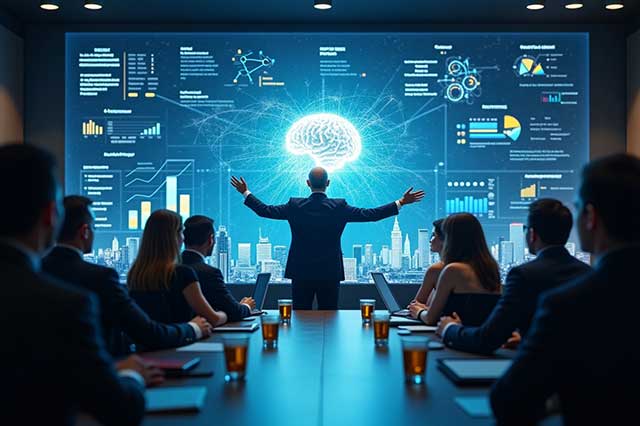
Advanced Certificate Program in AI for Leaders
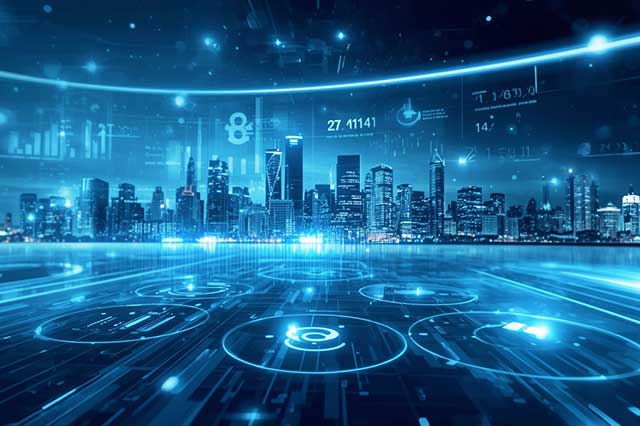
AI & Digital Transformation
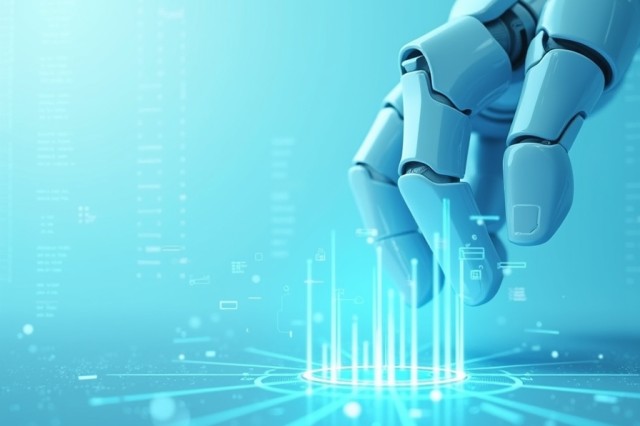
AI for Managers

AI for Managers

Artificial Intelligence

Deep Learning with Generative AI for Computer Vision
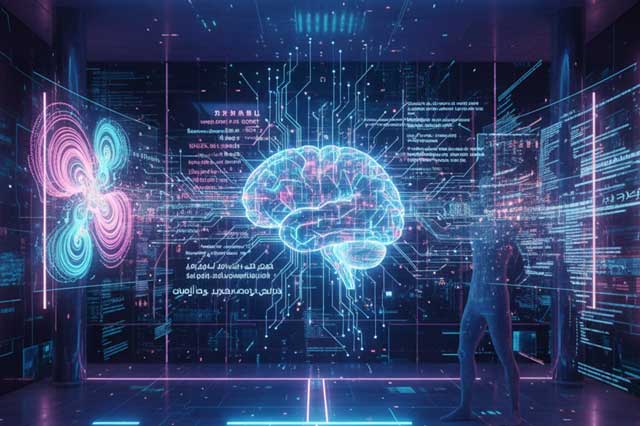
Generative AI
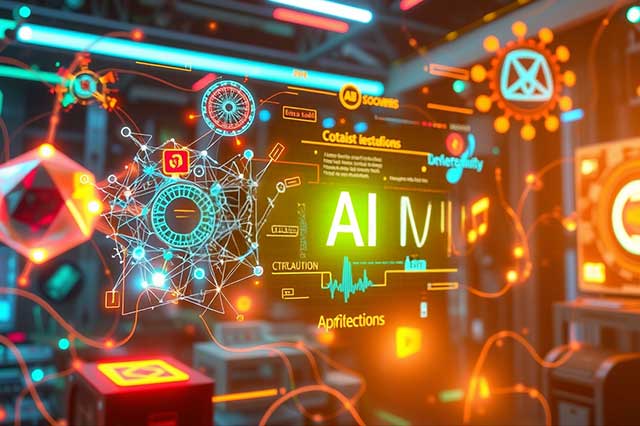
Generative AI Course
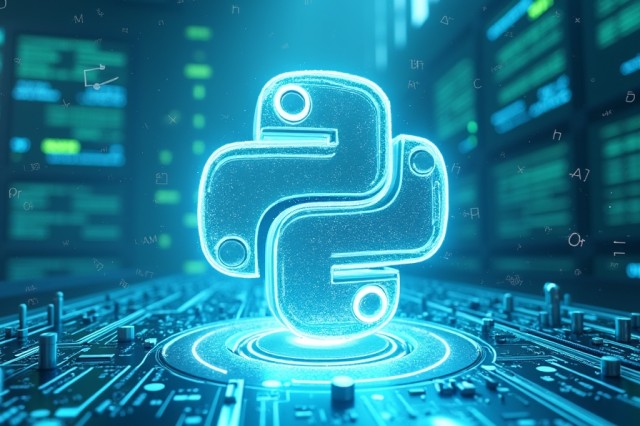
Machine Learning with Python

Professional Certificate Course in Generative AI and Machine Learning
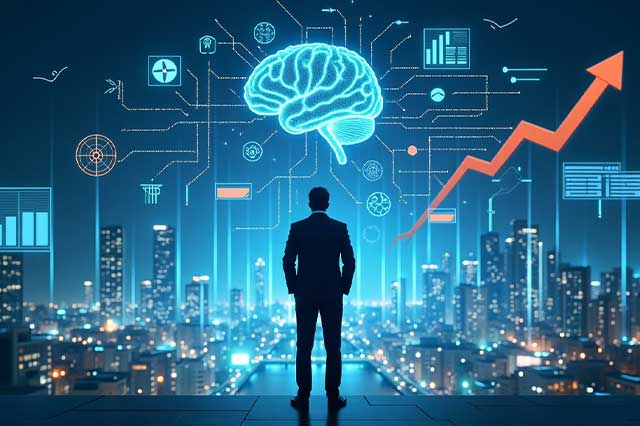
Professional Certificate Program in Leadership with AI



